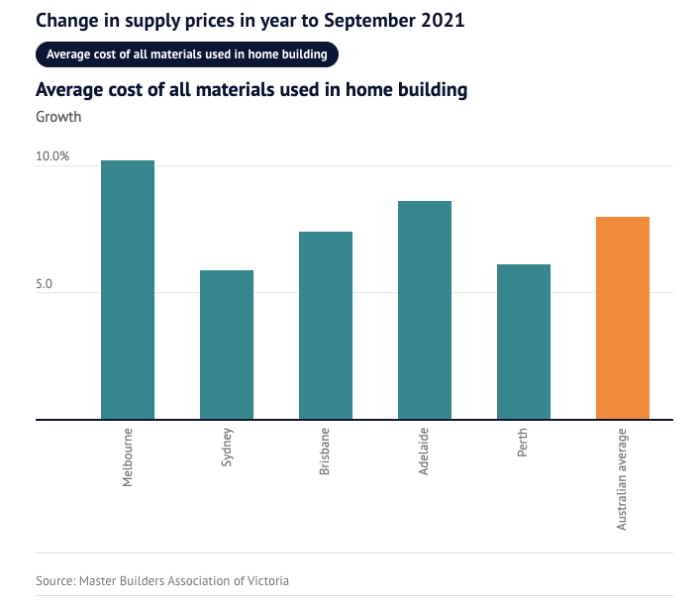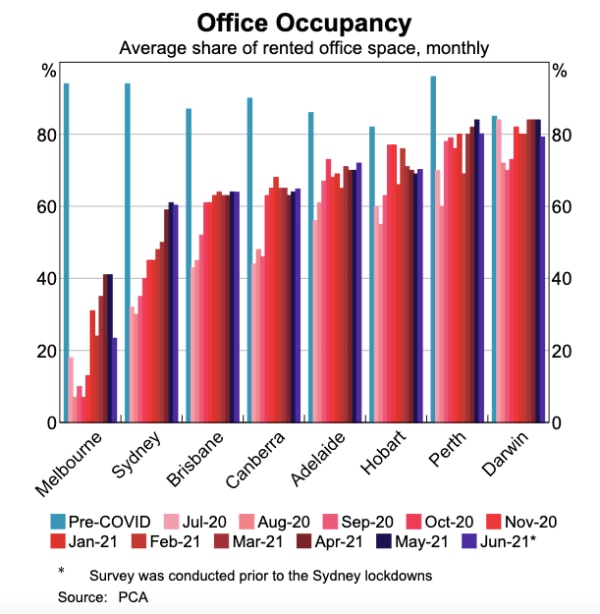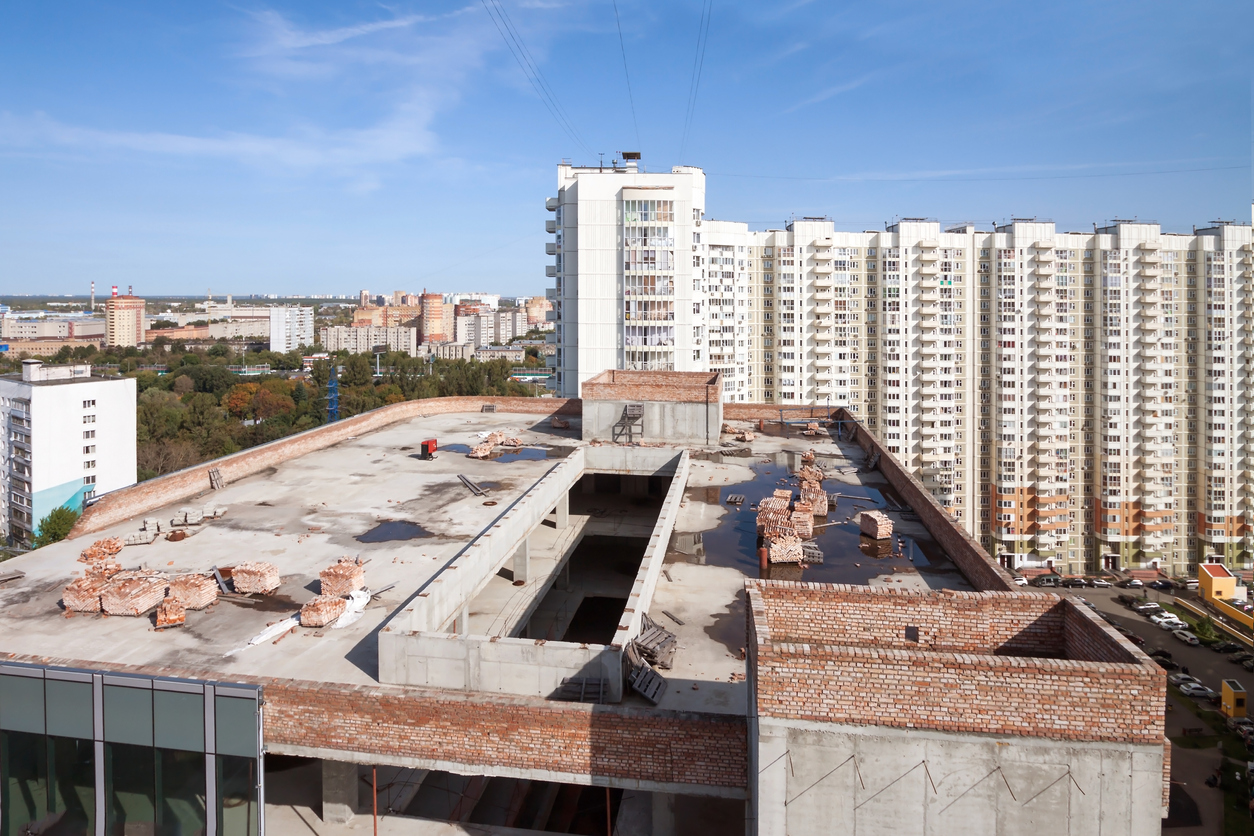How COVID Border Lockdowns Have Impacted Property Development
At the beginning of the COVID-19 pandemic and before the release of the COVID-19 vaccines, the Australian government implemented stringent lockdown regulations and border restrictions – and with good reason. In an effort to protect Australian citizens, everyone had to make changes and sacrifices; among these sacrifices were that of international and local travel. Unable to travel, many businesses did not have the opportunity to form new business relationships, or further existing ones. Ultimately these border lockdowns impacted property development, and recovery could still take time.
The Restriction of Movement
On the first day of lockdown, travel restrictions were put into place to prevent the spread of COVID-19. While this was first limited to all international arrivals having to self-isolate, within days it had progressed to Australia’s international borders being closed to non-citizens. And soon after even interstate travel became difficult for non-essential travel.
The Impact of International Lockdowns
International lockdowns affected global trade.
Although shipping of goods continued throughout, there were frequent delays. But there was no uniformity in how countries implemented lockdowns. So, at times, factories and manufacturing plants in China and other countries were shut for extended periods. This led to supply chain issues that persist even as most countries move away from strict lockdowns.
For property developers, this has meant that some essential building materials were difficult to source, resulting in costly delays to construction projects already in progress. The scarcity of some materials has resulted in higher costs too. Depending on the wording of signed contracts and local regulations, developers often have to absorb these costs–affecting the profitability of projects.

Global timber, steel, and concrete prices all rose steeply in 2021. And the Master Builders Association of Victoria found that the average cost of building materials had risen by 8 percent across Australia.
The Impact of Local Border Lockdowns
Aside from the restrictions on non-essential building and construction, travel between local states and territories became difficult. Construction teams were unable to move freely, and this affected construction in regions without a large local workforce. In late September 2020, the president of the Tweed Masters Builders Association noted that Northern NSW does not have enough architects, engineers, surveyors, and other construction specialists. The proximity to the Gold Coast meant that workers, consultants, and supplies usually came from Queensland. But interstate border restrictions disrupted this.
At best, the only construction allowed to occur was that of emergency repairs to ensure the safety of–and prevent damage to–a structure or site. Other essential construction was also allowed if it pertained to the maintenance or protection of human health, safety and wellbeing, and the repair of essential infrastructure.
Many businesses closed their offices in favour of working from home, and many retailers downscaled because they were selling more products online.

Since mid-2021, office occupancy has started to increase again, but in most cities, it is still considerably lower than before the pandemic. It is too soon to speculate when–or if–office occupancy will return to pre-pandemic levels. Other commercial property, especially retail spaces, have been similarly affected.
As per a Statement on Monetary Policy issued by the Reserve Bank of Australia in August 2021:
Construction commencements of retail floor space over the past year were around 70 per cent below the 10-year average and are expected to remain weak for a number of years.
However, the rapid shift of focus to e-commerce has resulted in a much higher demand for industrial property such as logistics and warehouse space.
Slight dips in the prices for residential houses and units during 2020 have since reversed, with Government policy responses and lower mortgage interest rates driving demand. This, along with historically low vacancy rates for both houses and units, can have a positive impact on property development. And with less need to commute, it is expected that developments further away from city centres will become more attractive, but without eliminating the need for downtown developments.
Working from home means that prospective homeowners are looking more closely at properties that make this more comfortable. This might include garden space and a dedicated office for standalone developments, or a co-working space in apartment buildings.
As the property development industry gets back on track, now is the time to ensure your property development software will take your business to the next level. With Archistar you can streamline many of your processes and save money. This includes generating hundreds of building options, allowing you to assess the profitability of different configurations before you start building. And the built-in quick estimate tool allows you to assess potential sites in bulk. This makes it easier to identify which sites are the most valuable for your next project; factoring in land value, development costs, and the number of dwellings possible on each site.

